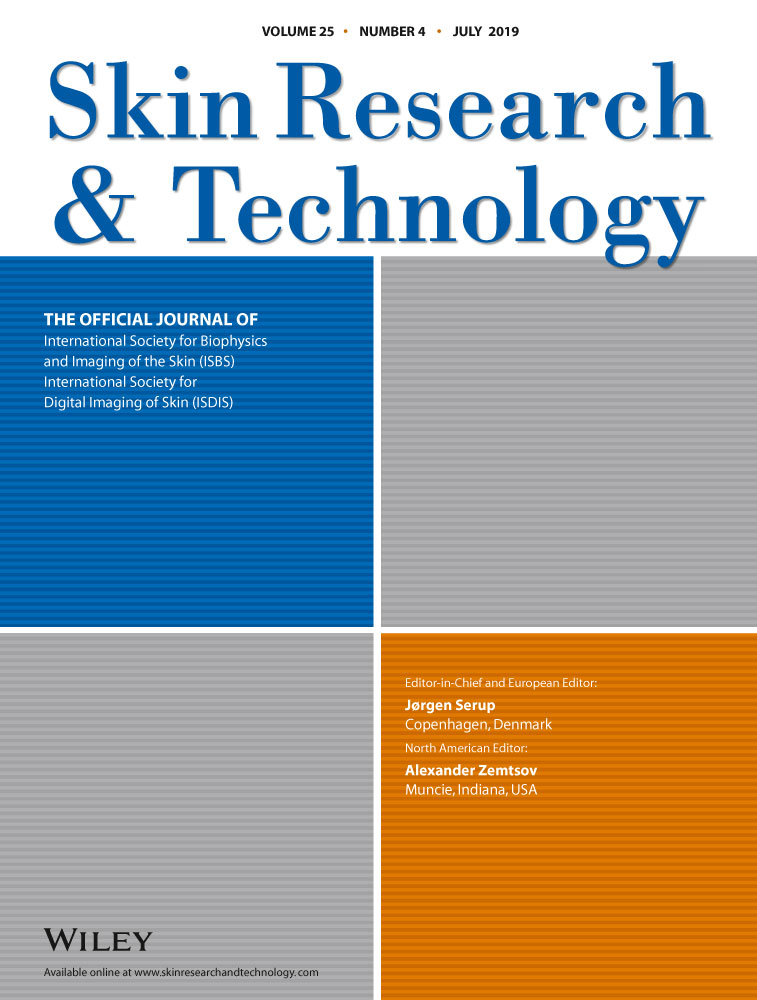Evaluation of human electroencephalogram change for sensory effects of fragrance
Abstract
Background
The stabilizing effect of lavender and the arousal effect of peppermint essential oils are acknowledged and used widely in aromatherapy and the cosmetics industry. However, no evaluation method confirms the effects of essential oils through quantitative and objective electroencephalogram (EEG) results; instead, only a psychological and subjective method exists. Therefore, this study aims to create a new emotional cosmetic evaluation paradigm using EEG values. Moreover, it enables quantitative interpretation of the results in addition to the subjective survey outcomes.
Methods
For this study, 12 healthy female Korean participants were recruited and three fragrances were used. The EEG results were collected for 3 minutes (1 minute each before, during, and after inhalation of every fragrance).
Results
The quantitative EEG outcomes indicate changes in the participant's brainwaves before and after inhalation. Significant changes in the EEG were observed. Based on the results, the effects of fragrances were confirmed to be stabilizing for lavender, and arousing for peppermint and coffee aroma. Furthermore, the subjective questionnaire results indicate similar tendency as that of the quantitative EEG results.
Conclusion
In addition to psychological and subjective assessments, our emotional evaluation method can verify the cosmetic fragrance effects through quantitative and objective results.




